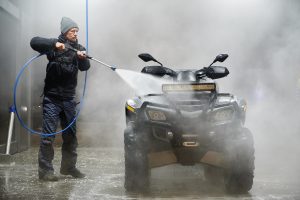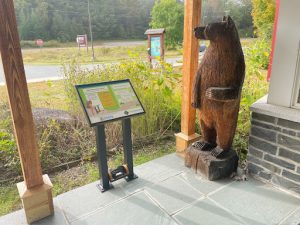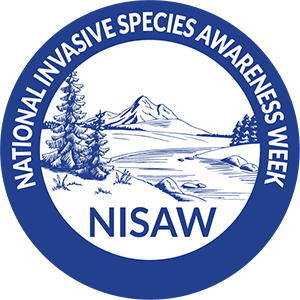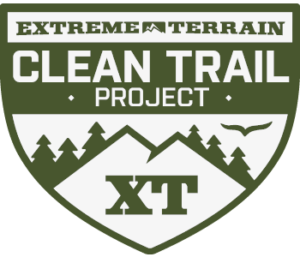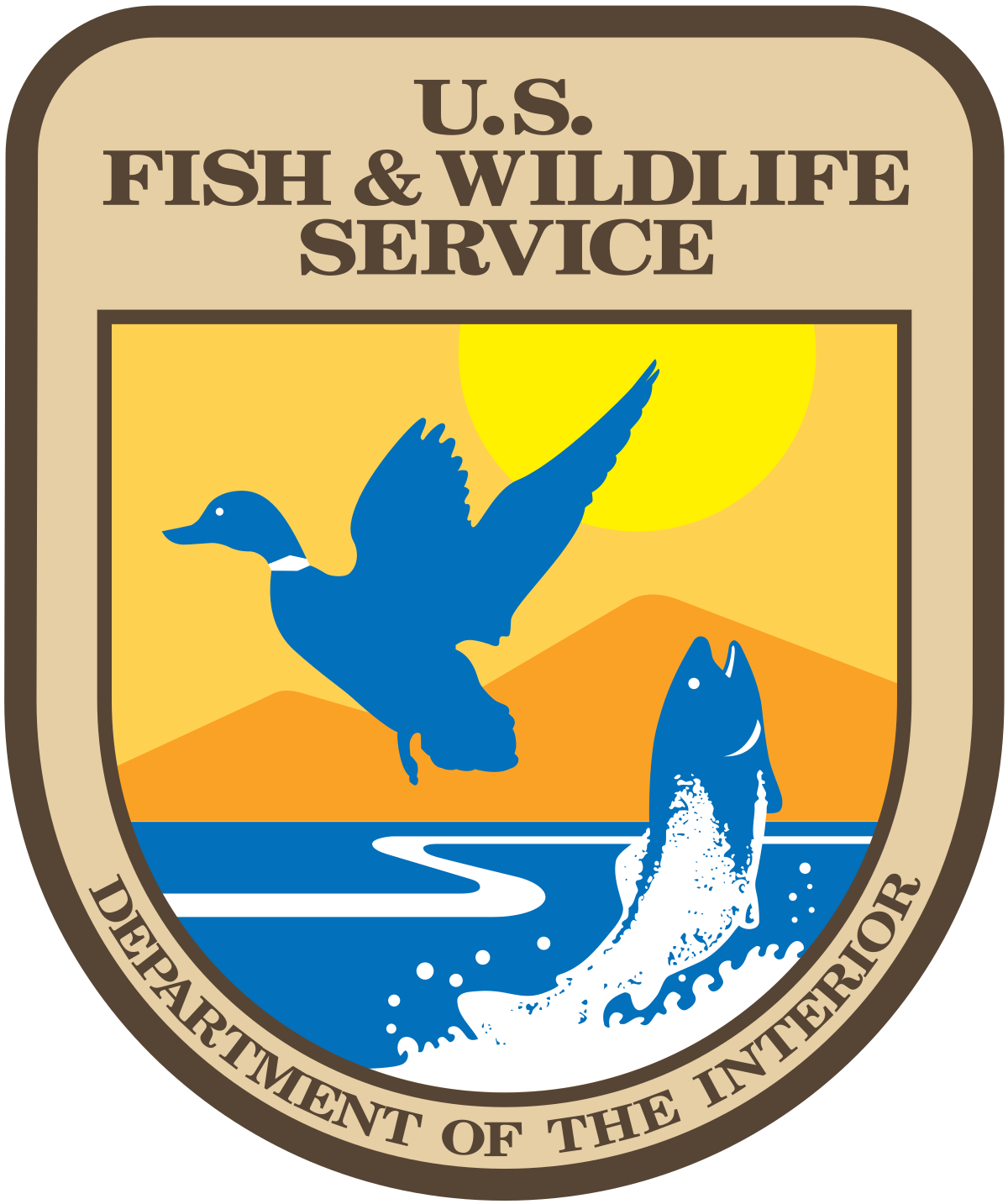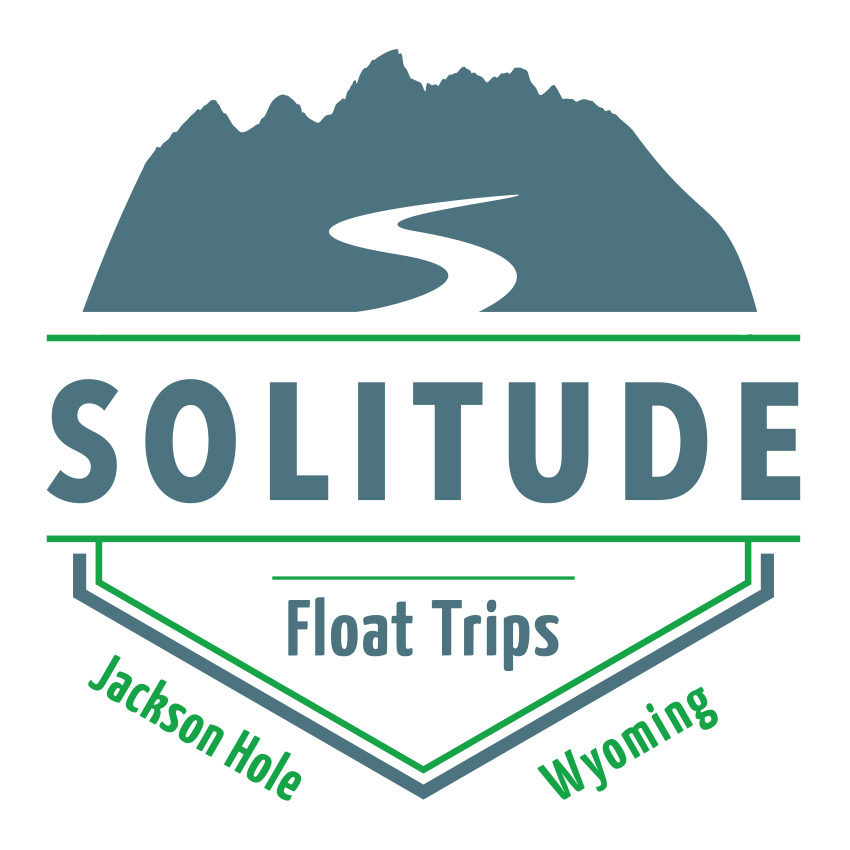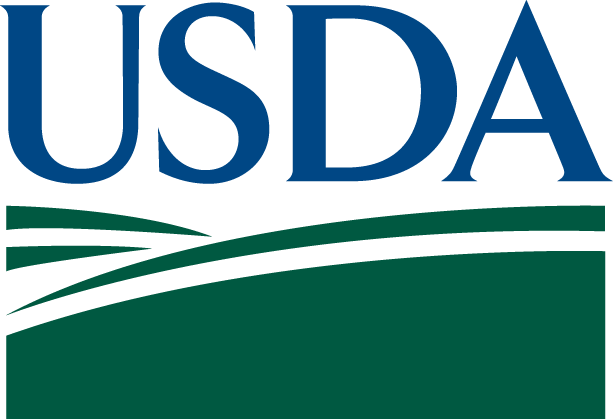Not all nonnative species are harmful. Wheat is an example of a nonnative plant whose introduction has been very beneficial.
The term “invasive” is reserved for the most aggressive nonnative species capable of changing site or living conditions for native species where they establish.
Can we blame these little critters for our fault of transporting them where they aren’t from? Not really. They’re just trying to make a living like everyone else.
But human health and economies are at risk. The impacts of invasive species on our natural ecosystems and economy cost billions of dollars each year. Many of our commercial, agricultural, and recreational activities depend on healthy native ecosystems. And approximately 42% of threatened or endangered species are at risk due to the impacts of invasive species.
For most people, what really matters is that you do simple behaviors to prevent the spread of invasive species. Play in the outdoors, then clean your gear before you go to your next adventure. It’s as simple as that.
Written by Hannah Bowers
Former Communications & Program Manager, North America Invasive Species Management Association (NAISMA) & PlayCleanGo
images from Adobe Stock


